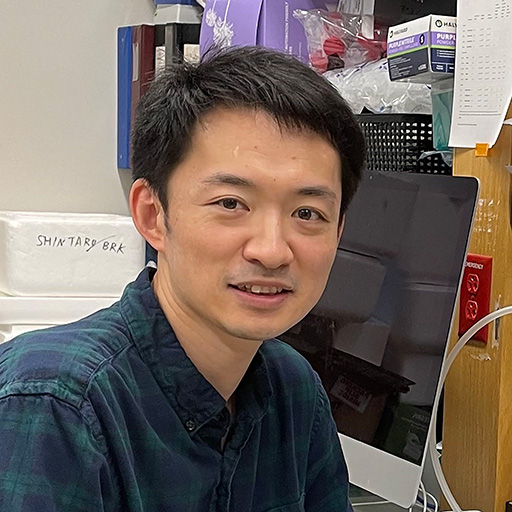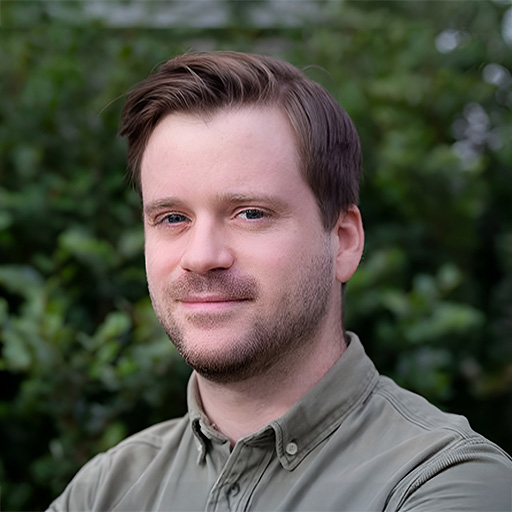Non-Invasive Laser Photography of the Living Human Retina to Understand Cells

About the Research Project
Program
Award Type
New Investigator Grant
Award Amount
$450,000
Active Dates
July 01, 2021 - June 30, 2025
Grant ID
M2021013N
Mentor(s)
Krzysztof Palczewski, PhD, University of California, Irvine
Goals
We will develop an instrument to image the retinal function in patients with macular degeneration. Aim 1: We currently have a 2-photon imaging microscope that visualizes retinal function in mice. We will modify our existing microscope for 2PI of the rodent retina for use in humans. Aim 2: We will first confirm the safety of 2-photon Imaging by studying human subjects who have a blind eye and monitoring changes in their eye after imaging. We will then use 2-photon Imaging to study retinal biochemistry in people with macular degeneration.
Summary
Age-related Macular Degeneration (AMD) is the leading cause of irreversible blindness in the aging population. The causes of AMD are not known because there are no good animal models for the AMD, and the disease itself has many different manifestations in humans. This proposal seeks to develop a camera for use in humans and to use it to directly examine the causes of AMD in human subjects. This new camera uses 2-photon (2P) microscopy technology which is already established in basic science laboratories studying animals and tissues in petri dishes. We will translate this technology from basic science laboratories to a device for use in humans by solving several technical challenges. 2P cameras can non-invasively acquire images at such high resolution that they can reveal what is happening inside cells. With humans as the only reliable animal model to study AMD, the proposed new camera will enable us to determine why retina cells stop working and die in patients with AMD. If we can study the molecules inside cells of the living human retina, then we will be able to identify and explore new treatments for AMD as well as a host of other retinal diseases.
Unique and Innovative
Two photon functional imaging of the retina, while used extensively by our group in animals and in vitro, has never been achieved in human retinal imaging. We will produce a first-of-its-class research device to study human retinal disease. We contribute new safety data to make 2-photon imaging practical in human eyes. We will unearth, heretofore, unobtainable information about retinal tissue function in living humans with macular degeneration.
Foreseeable Benefits
We will create a new imaging device that will help us to non-invasively understand common and uncommon blinding diseases, open avenues to treatments targeting early stages of disease and ultimately prevent vision loss.
Grants
Related Grants
Macular Degeneration Research
Innovative Night Vision Tests for Age-Related Macular Degeneration
Active Dates
July 01, 2024 - June 30, 2027

Principal Investigator
Maximilian Pfau, MD
Innovative Night Vision Tests for Age-Related Macular Degeneration
Active Dates
July 01, 2024 - June 30, 2027

Principal Investigator
Maximilian Pfau, MD
Macular Degeneration Research
The Development of a Transplant-Independent Therapy for RPE Dysfunction
Active Dates
July 01, 2024 - June 30, 2026

Principal Investigator
Shintaro Shirahama, MD, PhD
The Development of a Transplant-Independent Therapy for RPE Dysfunction
Active Dates
July 01, 2024 - June 30, 2026

Principal Investigator
Shintaro Shirahama, MD, PhD
Macular Degeneration Research
Immune Cell Traps in Inflammation and Wet Age-Related Macular Degeneration
Active Dates
July 01, 2023 - June 30, 2026

Principal Investigator
Matthew Rutar, PhD
Immune Cell Traps in Inflammation and Wet Age-Related Macular Degeneration
Active Dates
July 01, 2023 - June 30, 2026

Principal Investigator
Matthew Rutar, PhD



